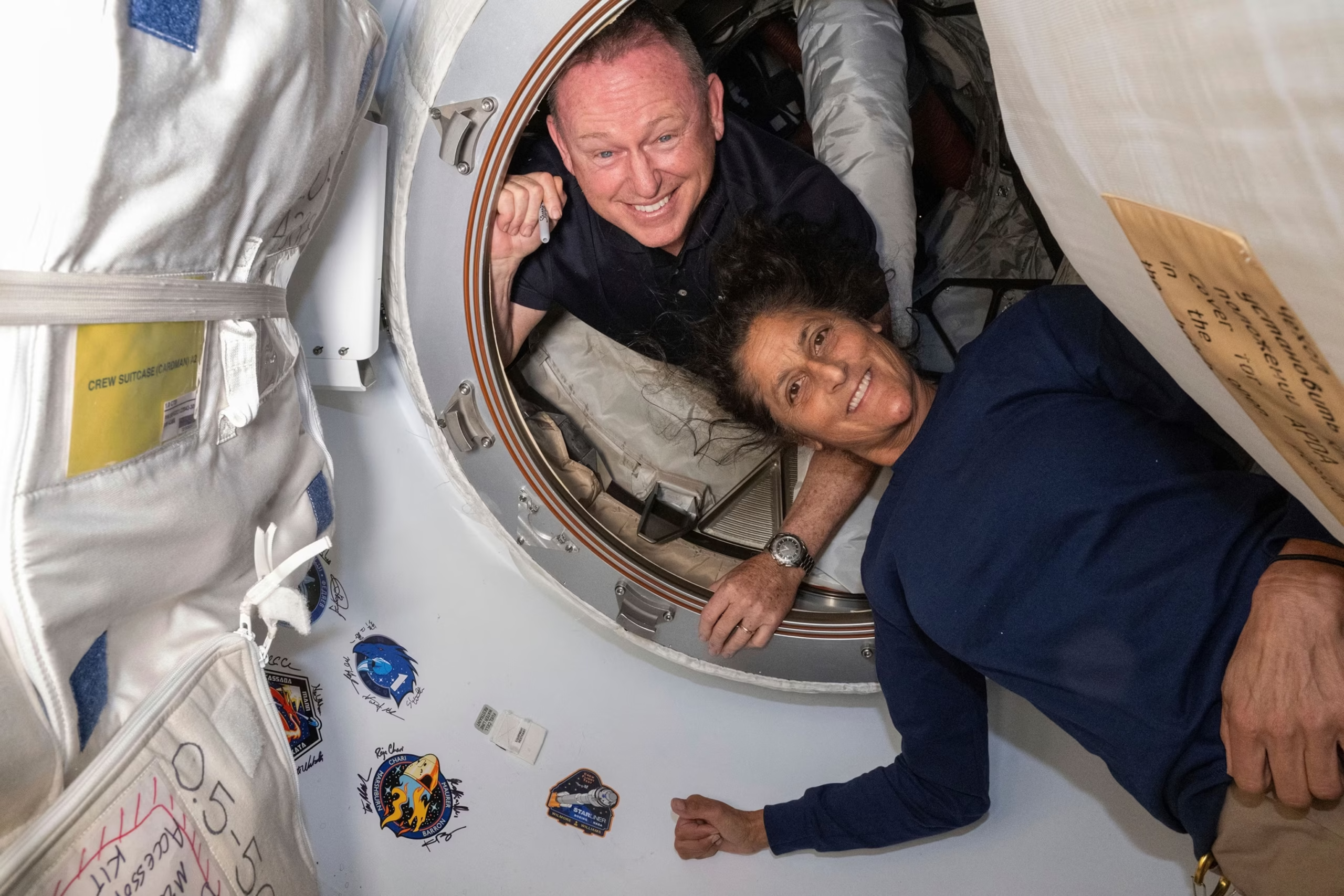NASA astronauts Barry “Butch” Wilmore and Sunita “Suni” Williams are preparing to return to Earth after an unprecedented nine-month mission aboard the International Space Station (ISS). Their journey home is scheduled to begin on March 18, 2025, marking the end of an extended stay that far exceeded their initial eight-day assignment.
A Mission Extended Beyond Expectations
In June 2024, Wilmore and Williams launched aboard Boeing’s Starliner spacecraft for a mission intended to last approximately one week. However, technical issues with the Starliner, including thruster malfunctions and helium leaks, prevented its safe return to Earth. Consequently, NASA integrated Wilmore and Williams into the ISS’s Crew-9 mission, significantly prolonging their stay.
Over the ensuing months, the astronauts contributed to over 150 scientific experiments and technology demonstrations, accumulating more than 900 hours of research. Their work encompassed a diverse array of studies, from microgravity effects on human physiology to Earth observation projects.
The Journey Home
The arrival of their replacements aboard the ISS earlier this month has paved the way for Wilmore and Williams’s return. NASA has scheduled their departure from the station for March 18, with splashdown off the Florida coast expected later that day. The astronauts will utilize a SpaceX Crew Dragon capsule for the journey, underscoring the growing reliability of SpaceX’s spacecraft for crewed missions.
Political Attention and Public Interest
The extended mission has attracted significant political attention. Former President Donald Trump commented on the situation, stating that he had conferred with NASA’s acting administrator, Janet Petro, to expedite the astronauts’ return. Trump emphasized the urgency of bringing Wilmore and Williams home, highlighting their prolonged absence from Earth.
Public interest has also been piqued by the astronauts’ ordeal. The narrative of their extended mission has captivated audiences worldwide, leading to widespread media coverage and discussions about the challenges of long-duration spaceflight.
Reflections on a Historic Mission
Throughout their extended mission, Wilmore and Williams have maintained a positive outlook, expressing gratitude for the opportunity to conduct extensive research in microgravity. They have also shared insights into the psychological and physical challenges of prolonged space habitation, contributing valuable knowledge to the field of space exploration.
As they prepare to return, the astronauts look forward to reuniting with their families and adjusting to Earth’s gravity after nearly nine months in space. Their mission has not only advanced scientific understanding but has also exemplified the resilience and adaptability required for human space exploration.


